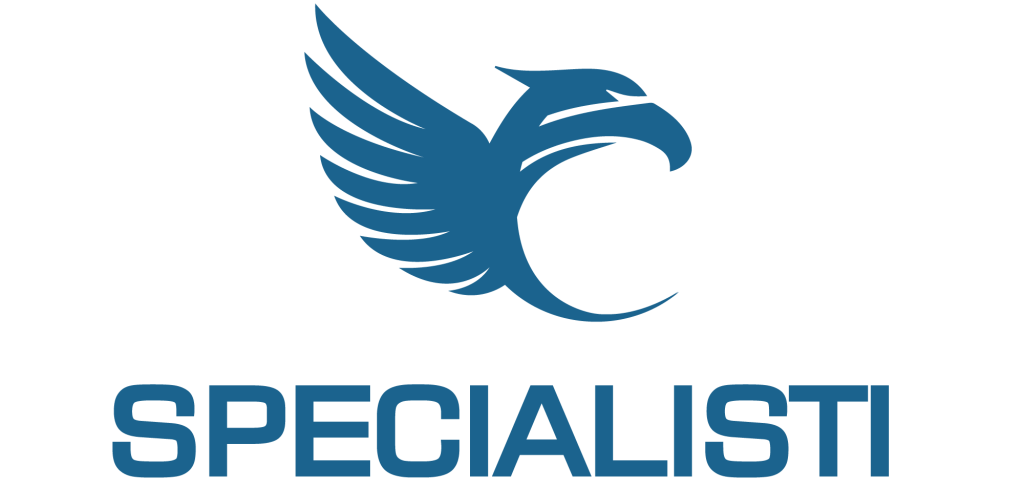Web optimization
Website optimization is the process that transforms a simple platform into a powerful tool for generating revenue and enhancing the user experience. With strategies of the right approach, you can create a website that not only attracts visitors but also engages them, encourages them to explore your content further, and ultimately converts them into loyal customers. Web optimizationit
Why is website optimization the key to maximizing audience growth? Web optimization
Website optimization is the process of maximizing the overall performance of the website. This includes processes such as fixing errors and improving page speed. Additionally, it involves enhancing SEO, optimizing usability across devices, and analyzing design UX (User Experience). Is the key to creating the best possible experience for the visitors of your website.
The benefits of website optimization include increased traffic, more conversions, and higher revenue. This makes optimization a win-win for both your business and your users. Web optimization
8 valuable techniques to make your website optimization solid
Let's take a look at eight strategies that will help bring in new visitors and improve the user experience on your website.
1. Home page Web optimization
Having a deep understanding of your users and your product is absolutely essential for website optimization.
But even if you know your users and your product, it can be difficult to gain a deep understanding of user intent without closely observing user behavior. Use Hotjar Recordings to become a fly on the wall and watch firsthand how your users interact with your website.
You can take these insights and analyze them to uncover the user’s intent when someone visits your site. This might lead you to modify your call-to-action (CTA) buttons, restructure your website, or do whatever else is necessary to give users what they’re looking for.
2. Optimize content for both readers and search engines
SEO isn't just for search engines. While on-page SEO is important for SERP rankings, it’s arguably even more important for users.
Break up long blocks of text to make content more readable by using tables, bullet points, and images. Include plenty of headings and subheadings to create scannable content. And use a well-planned keyword strategy so you know you’re creating content that your users actually want to read (and that can be easily found in the SERPs).
3. Establish content authority Web optimization
By establishing content authority, you position your website as a leader in your industry. One of the best ways to build content authority is through pillar pages and topic clusters.
A pillar page is a piece of website content that explores in depth a specific topic closely related to your product or service. So, if you’re an e-commerce company whose main product is running shoes, you should have a pillar page dedicated to running shoes.
Your website should have multiple pillar pages and topic clusters. You can even repurpose old content to create this organized structure.
4. Perfect your site's technical SEO
While improving technical SEO may seem like a task less focused on the user, three vital web elements play a crucial role in the user experience: loading speed, responsiveness, and visual stability. These core web vitals can be improved by optimizing images, using browser caching, and removing large page elements.
Improve the site structure: Your URL format should be consistent so that you can properly map your web pages. Create an XML sitemap to make it easier for search engines to index your website.
Optimize crawling and indexing: Make sure to submit your website to search engines so that robots can crawl it more quickly and accurately.
Find and fix broken links and duplicate content: Prevent search engines from indexing pages with broken links and copied material, as these can actually harm your SERP ranking.
5. Create a workable backlink strategy Web optimization
Having a solid backlink strategy is one of the most important things you can do for your SEO. Backlinks, which are links from other websites that direct visitors to your page, are crucial for growth as they help your users find you in the SERPs.
6. Keep conversions in mind
Users need more guidance than most businesses expect. If you're not providing the necessary steps for them to take when they visit your website, you're missing conversion opportunities. Conversion Rate Optimization (CRO) is about understanding what motivates your users and what prevents them from taking action.
7. Listen to current website visitors
In addition to observing your users, you also need to listen to them! Gathering feedback is a key element in identifying the strengths and weaknesses of your website.
8. Continuously analyze the user experience
UX research should be an ongoing process. Even when you think your website is optimized, you need to keep digging deeper to see where you can improve. Continuously discover what makes visitors stay on your page and where they drop off. This allows you to identify user problems that you might otherwise miss.
UX research never ends. With the right tools, it can be an incredibly powerful strategy for website optimization.




